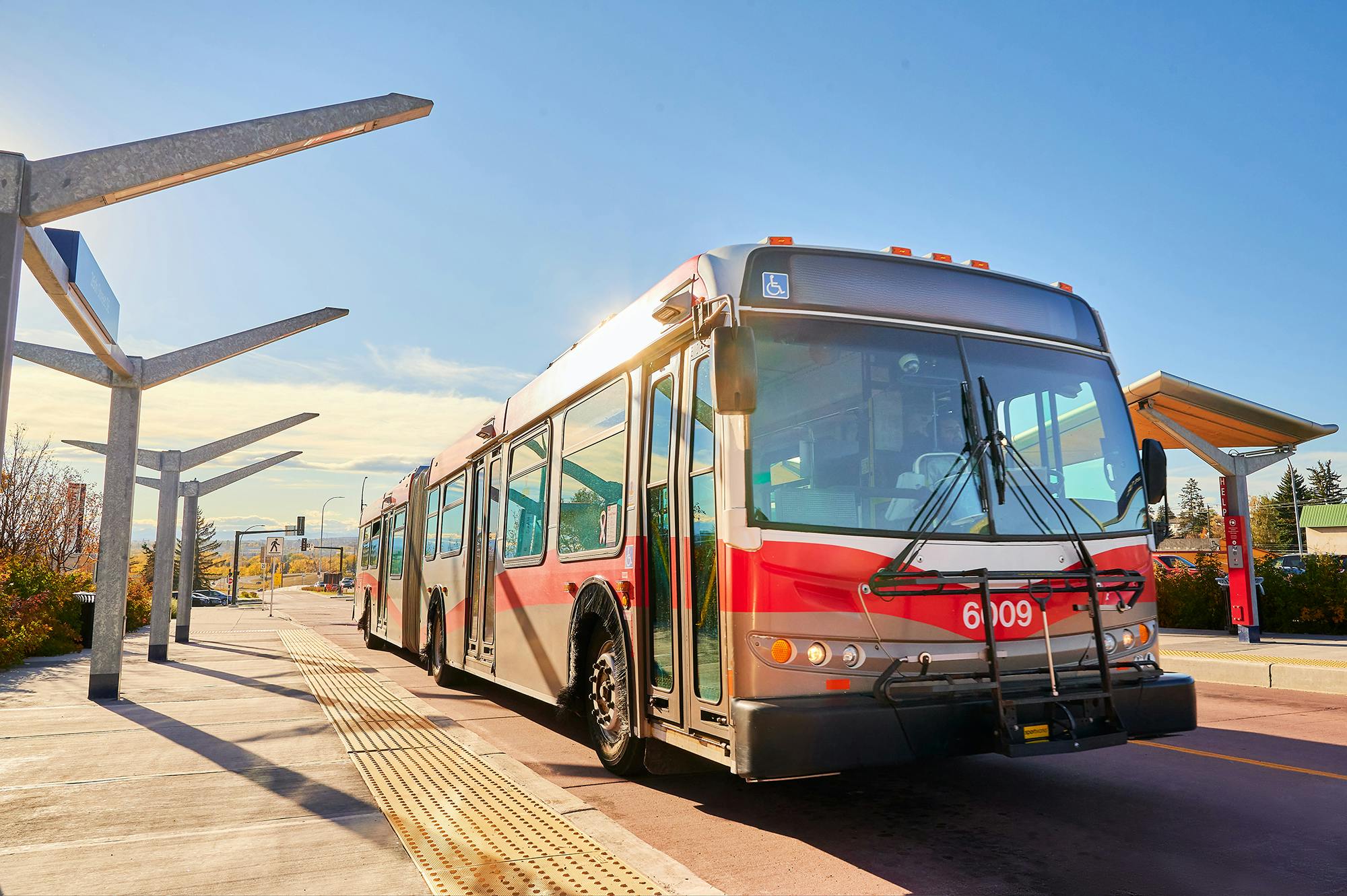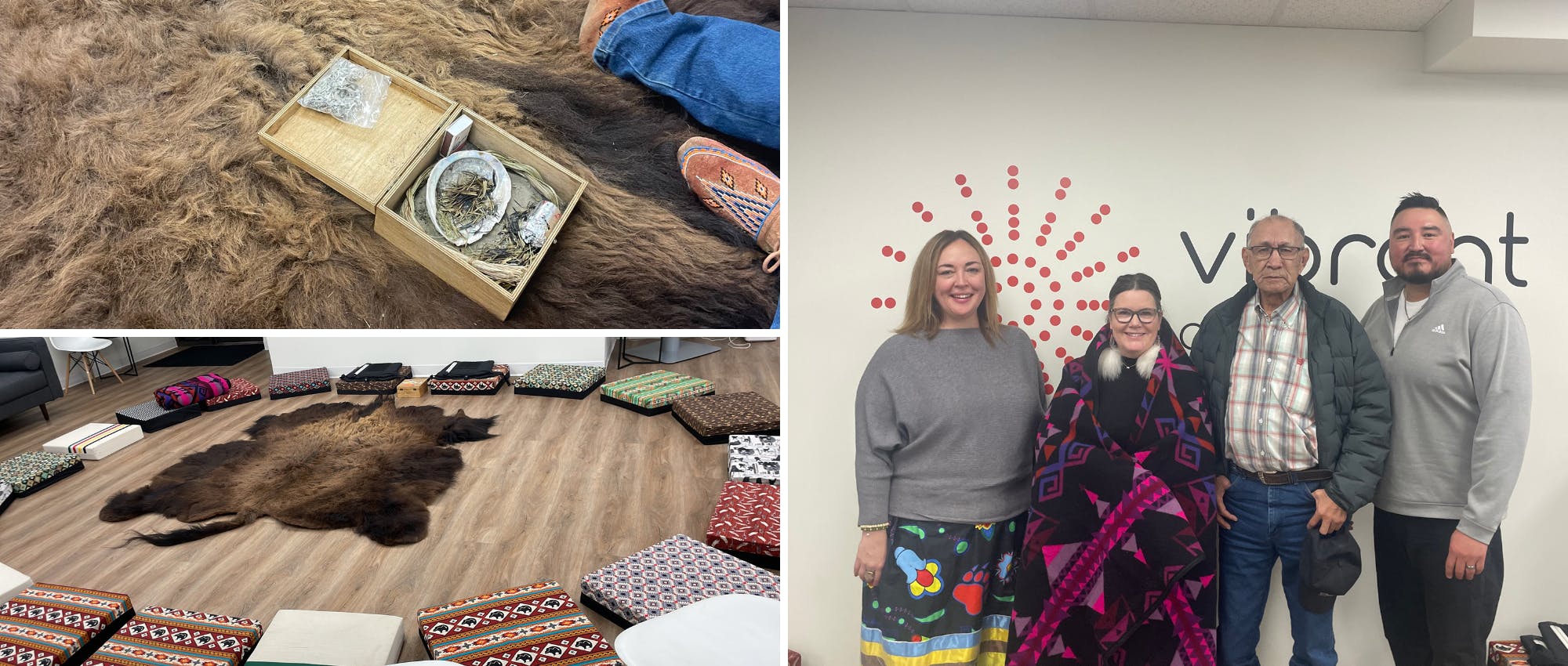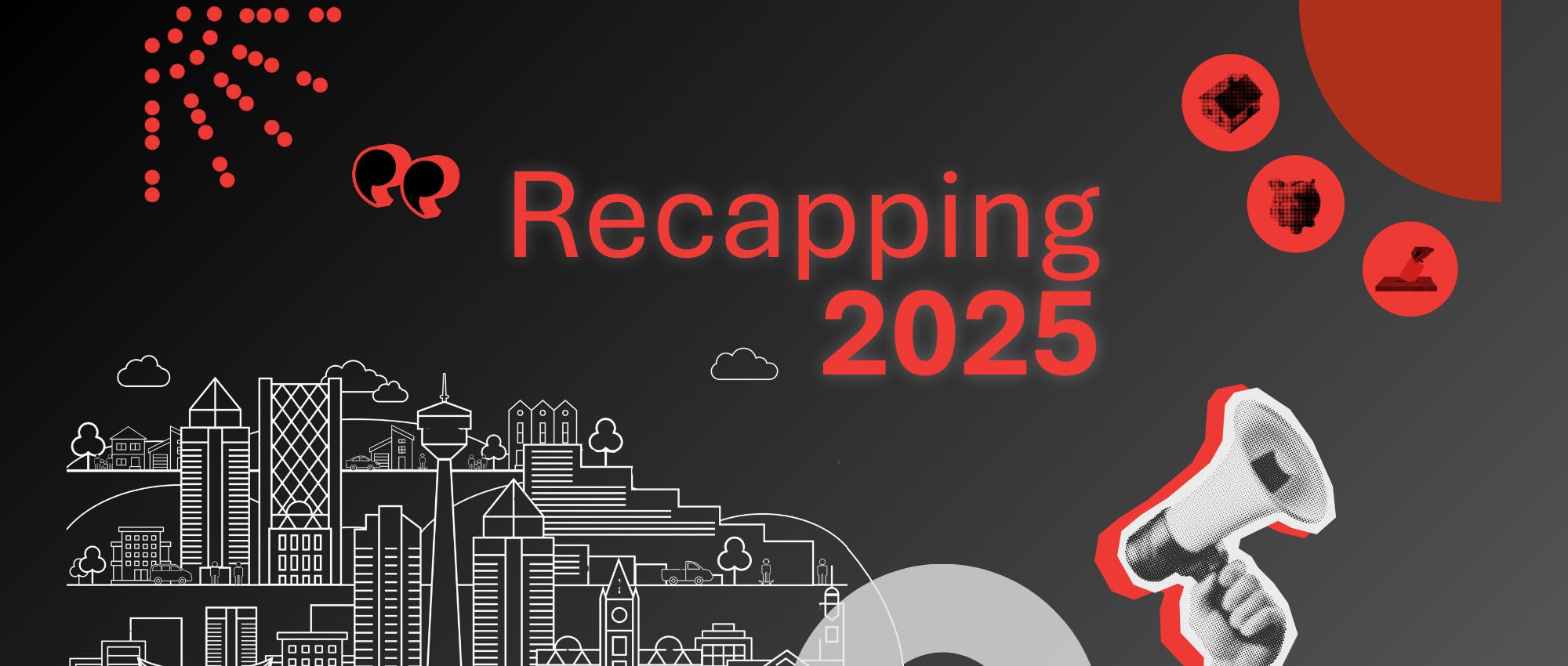The following op-ed was originally published by CBC News Calgary.
Fifteen years ago, taking the CTrain downtown was cramped and uncomfortable, but as a student, it got me from A to B.
Taking the train today is more like my old shifts at the Drop-in Centre — frequent emotional outbursts from people under the influence and emergency personnel attending to those people.
Now I work as an advocate for policies to reduce poverty. But even as I'm calling to expand transit access, my own husband is choosing to carpool to his downtown job.
I get why people are mad. I ride transit and don't always feel safe, but I'm also afraid of efforts to "fix" this problem purely through enforcement. That won't help in the long run.
We need to get mad at the right things.
Why is drug use and social disorder spiking? Because we are not effectively tackling the opioid crisis, and we don't have affordable housing for everyone who needs it.
Transit stations are a hot spot for drug use likely because people using these substances have few other sheltered and relatively safe places to be. You might think there's help for them elsewhere, but think again. There are massive, gaping holes in our support system.
Let's start with addiction support. An effective system involves meeting people where they are at while reducing the likelihood of harm and death. It means people have options to achieve sobriety — or use drugs under the supervision of a nurse — instead of public spaces.
This is not the system Calgary has.
In March 2020, the provincial government rejected harm reduction as a solution to addiction to shift resources to abstinence-based recovery. They plan to relocate Calgary's only supervised consumption site and have already added new "quality standards" such as requiring ID to access services. Adding barriers to what is still Calgary's only safe consumption site is a recipe for disaster.
And, like it or not, harm reduction works; it saves lives and saves money. A recent study published in the Harm Reduction Journal showed that since opening, the Sheldon Chumir site has saved thousands of lives and saved taxpayers $2.3 million in health-care costs.
We don't have small-scale, safe and supervised sites across the city. So can we be surprised to see unsupervised consumption at the CTrain stations?
Know why else I'm mad? Social disorder is connected to homelessness. To combat homelessness, Calgary's affordable housing plan says it needs to add approximately 15,000 to 20,000 affordable housing units to meet the minimum of need for housing. But we're adding only 400 a year, a fraction of what's needed. Many people have been on housing wait-lists for years.
And it's going to get worse. We've seen before how high oil prices drive up rents, pushing increased numbers of individuals and families onto the street. Alberta is experiencing the biggest oil boom in its history, but costs and responsibility for affordable housing are being pushed to the non-profit sector without the necessary government funding for operations/repair.
And don't get me started on the impact of inflation.
Those are the facts. And as for the awful state of the CTrain, I'm not suggesting we turn a blind eye. This doesn't have to be our new normal, but putting "more boots on the ground" isn't going to solve social disorder anymore than adding more homeless shelters is going to solve homelessness.
If you're riding the CTrain right now and reading this, know that there are organizations such as Vibrant Communities Calgary and many in the mental health and addiction sector who are working on root-cause solutions.
But we need your help.
Don't pit people against one another. Be informed about poverty, challenge assumptions. And please, start getting mad at the right things.





